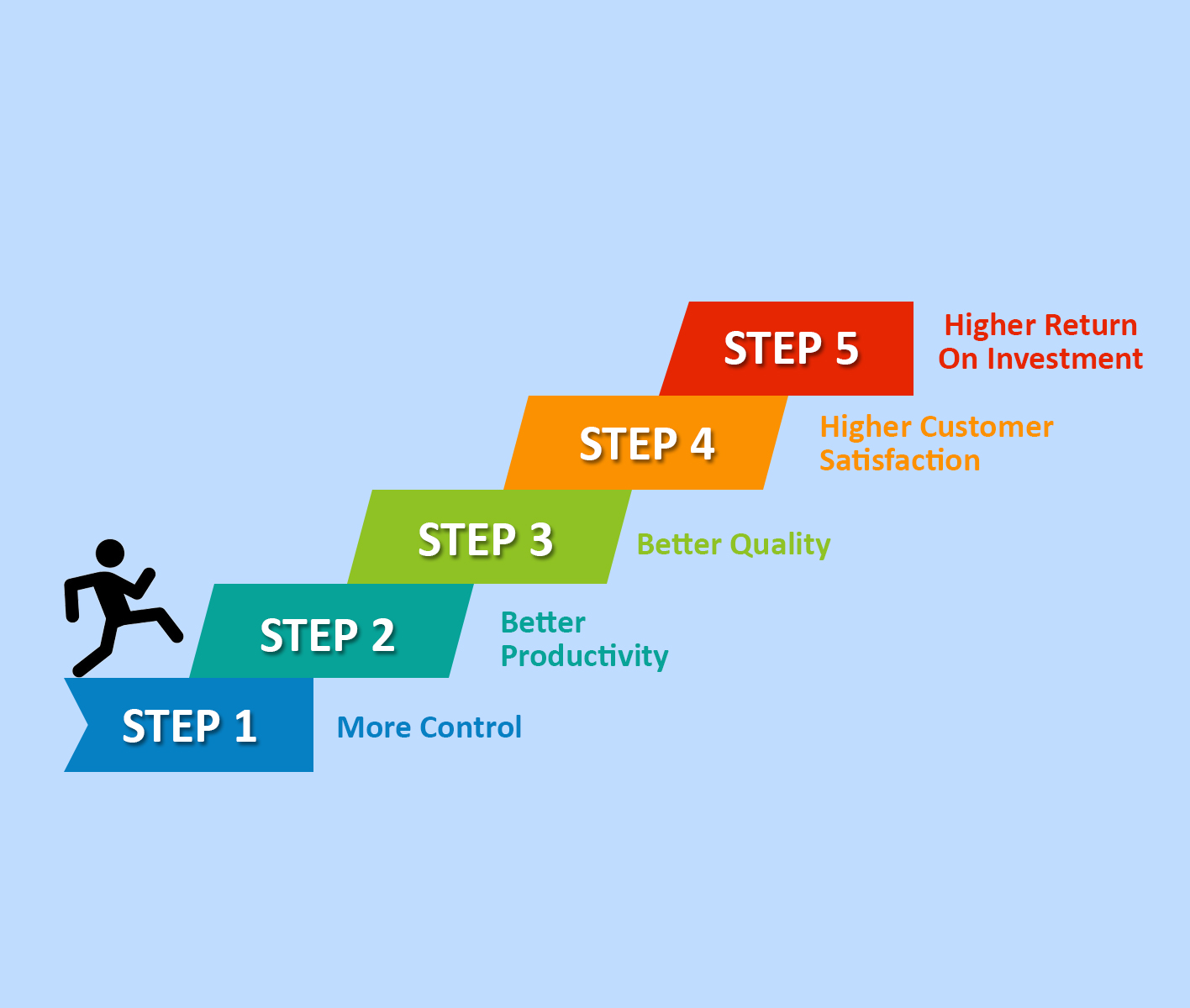Team Techsaga
Gain valuable insights and stay updated with the latest innovations through our engaging blog. Explore trends, technology advancements, and expert opinions to navigate the ever-evolving world of IT.
Agile Business Transformation For Your Organization
Agile methodology came into existence in 2001, which helps project teams in achieving objectives in a rapidly changing and unpredictable environment, and is widely adopted across organizations. Several years of research reveal that even large-scale organizations are failing to meet their goals and objectives causing disruption within an organization.
A poorly managed campaign of running agile can result in missing critical deadlines, and slow product cycles and often leads to employee burnout, the loss of key talent, and ultimately trouble among teammates. Surveys revealed that many organizations are rolling out agile transformations, even after succeeding with small-scale projects initially.
Agile transform the way enterprises function and need to deliver what it is supposed to. Scalable agile technology helps to reduce downtime costs. Single-minute downtime can lead digital businesses to cease to exist. It was reported in Survey that Twitter incurred major losses after its recent global outage of several hours.
Business Transformation through Agile follows a change management strategy designed to align a 3-way course that involves People, Process, and Technology. Agile transformation strategies are closely aligned with the organization’s vision and help organizations to build scalability enabling them to see the bigger picture.
Digital business requires every organization to have a clear understanding of agile development methodologies, as waterfall methodology for software development doesn’t work everywhere. All IT organizations need to adopt agile development to evolve so that they can change the way programmers work.
Evidently, Agile enables enterprises to get scalable to have a clear picture of market dynamics to be in the game.
For instance, an Agile set-up assists and makes it feasible for the team to update an online gaming application with features and gimmicks for the users, without disrupting the ongoing operations of the application or stopping it from being live.
Faster reach to the Market
By adopting Agile methodology, organizations are able to reach the market in a faster way ensuring quality, as compared to traditional models. Moreover, organizations should be ready to face such radical challenges, to enable faster turnaround and for better flexibility.
Agile is expanding beyond the software segment now. Enterprises are progressively adopting Agile practices effectively in a volatile market to work efficiently in challenging market conditions. The agile approach in a testing scenario enables speeding up the processes within an organization.
Business transformation in the testing phase of operations involves processes like Scalability, accessibility, responsiveness, and repeatability. Business Agility is critical for enterprises to ensure sustainability and profitability.
How Agile Testing can bring change in organizations?
Some factors discussed below for Agile Testing which can bring about business transformation:
Enable Organizations to Stay Ahead of Competitors in Digital Age-
As applications are getting more complex day by day with loaded features, product development is getting trickier, as a result of strong demand to integrate with third-party interfaces.
In order to, meet these demands, enterprises need to bring scalability and much more flexibility. Furthermore, that can be achieved only through adopting Agile transformation. Next, Agile methodologies enable enterprises to bring scalability and responsiveness within the system, so organizations can respond faster to the changes and technology upgrades, incorporating them within the application framework.
This is impossible with the traditional approach of development and testing, as it is time-consuming and less responsive. Flexibility in approach and easy receptiveness helps bring business transformation and eventually empower enterprises to effectively develop and test applications.
Agile approach: Moving From the Traditional model to Agile Model-
It was a distinct move to bring Agile Transformation and Digital Transformation is creating disrupted processes within enterprises and organizations because of a poor understanding of business agility and what they can achieve with it.
Accepting the best Agile ways to transform the way people, processes, and technology operate, generally can’t work in traditional hierarchical models, Agile Transformation methodology helps in reducing manpower, smaller releases are much more frequent, and faster decision making. Finally, organizations are gradually leaving the traditional testing practice approach and are working on aligning with proven and tested Agile methods to boost speed and bring flexibility.
Agile methodologies are adopted at every stage of operations:
Code Development, Code Analysis, or Code Review.
Agile Transformation Boosts Quality-
An agile approach is a progressive approach to measuring, managing, and integrating processes. To ensure the company gets timely benefits and should be cost-efficient on a regular basis. Organizations are building testing centers to take leverage testing approaches to build effective strategies. In order to build market-ready products.
A robust agile approach integrates testing within the development process to achieve quality transformation. Moreover, while devising a quality transformation approach, it is crucial to bring about Business Transformation by including clearly defined quality metrics that can be tracked. Moreover, continuous testing and delivery become a core process of an organization’s DNA. Transforming the core businesses and making them more responsive to the market demands.
Brings Transparency Beyond Doubts-
Organizations adopting Agile approach emphasize on continuous development and delivery to review their quality metrics on a repeated basis to judge functionality. This facilitates faster rectification of issues and promptly resolving them for smoother operations. Moreover, it also encourages transparency within an organization that enables businesses to align with other departments, increasing accountability and authenticity to build a strong foundation for agile business transformation.
In Conclusion
Consequently, one question pops up in my mind: do organizations really need to reorganize to adopt Agile?
Well, definitely the answer is yes. Agile transformation helps enterprises to adopt critical processes. That bring speed and flexibility, at the core of every organization’s profitability metrics.
So, Business Transformation is essential to achieve quality transformation, which can only be attainable with an Agile approach.
If you want to avail agile transformation services for your business you can contact Techsaga as they are experieced in it.
Read also:
Five Advantages Of Using Agile Software Development Services
Retail – Digital Transformation In The Industry
TAG: Agile Transformation




